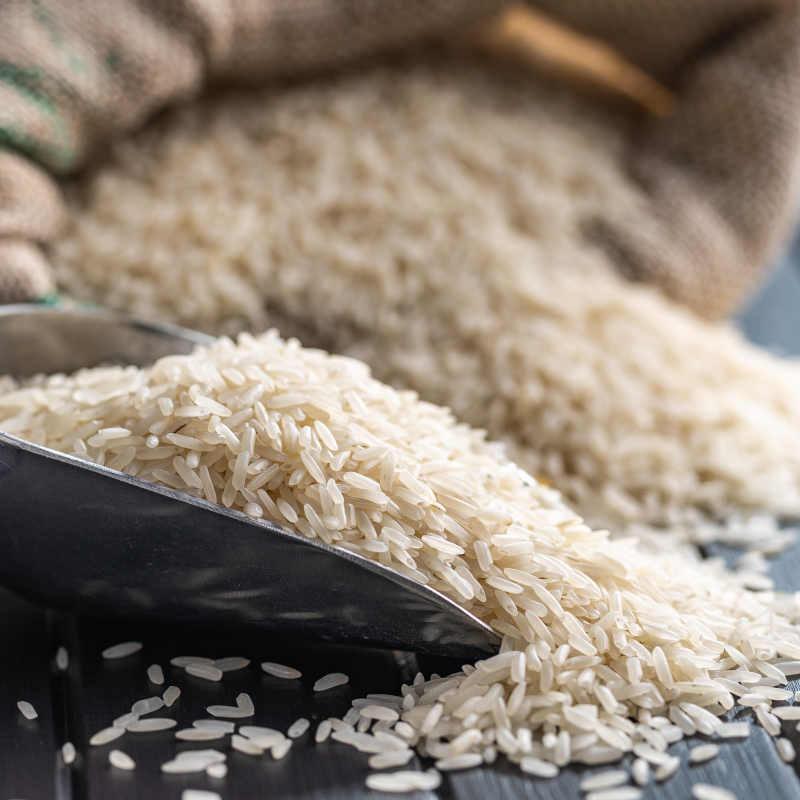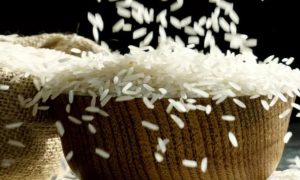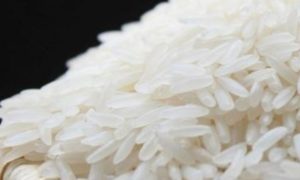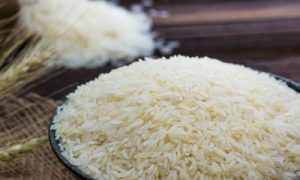New herbicide-tolerant rice varieties could damage biodiversity and food security

NEW DELHI: ICAR launched herbicide-tolerant basmati rice varieties Pusa Basmati 1979 and Pusa Basmati 1985, promoting Direct Seeded Rice (DSR) and reducing greenhouse gases. However, scientists argue this over-exaggerates benefits, potentially harms genetic diversity, and raises cultivation costs. Eco-friendly methods and improved DSR technology save groundwater and reduce costs. Haryana saved 31,500 crore liters of water with DSR in 2022. Critics warn of long-term herbicide resistance and adverse impacts on rice biodiversity.
NEW DELHI: The Indian Council of Agriculture Research (ICAR) recently commercially launched two herbicide-tolerant (Ht) basmati rice varieties, which it claims would control the growth of weeds and promote the water-saving Direct Seeded Rice (DSR) technique. DSR allows farmers to grow the crop directly from seeds sown in the field, bypassing the traditional technique of transplanting seedlings from the nursery.
Besides, the new varieties would help reduce greenhouse gases such as methane while increasing productivity. In rice production, weeds are the major biological constraints that could result in 30-10% losses.
The two varieties – Pusa Basmati 1979 and Pusa Basmati 1985 – are non-genetically modified (non-GM) and are improved versions of existing varieties, Pusa Basmati 1121 and Pusa Basmati 1509, respectively. Since these new varieties contain a mutated ALS gene, they allow the direct application of the Imazethapyr herbicide to eradicate weeds in the DSR system, the ICAR claims.
However, scientists working on the DSR cropping system argue that the government claim is technically an “over-exaggeration” of scientific facts and also not favourable to the genetic diversity of the Indian rice. It can pose a serious threat to rice production and food security of India, they warn.
Weeds can be easily managed by eco-friendly methods using climatic factors by advancing the date of sowing from June10 to May 15. A research paper published by ICAR concluded that “Eco-friendly two-hand weeding at 20 and 40 days after DSR sowing is more effective than repeated applications of Imazethapyr in Ht-rice for weed control and higher seed yield.
Further, the application of Imazethapyr will only eradicate specific types of broad leaf weeds. Globally, the herbicide is recommended for soyabean, pulses, etc., but not for the rice crop due to a different spectrum of the weed flora. For other types of weeds, farmers again need another set of herbicide spray which will add to the cultivation cost.
Moreover, Ht rice will negatively impact genetic diversity of the Indian rice as it will monopolise the seeds markets in favour of specific varieties having the ALS gene.
Scientifically, the continuous use of the same herbicides over the years results in resistance to herbicides and possible evolution of more potent weeds by gene mutation. Policymakers are well aware of a recent phenomenon occurring in Bt Cotton in Punjab-Haryana where a new strain of pink ball worms has developed resistance against Bt Cotton and drastically affected production in these agriculturally advanced states.
It’s interesting that the North Western Plains Zone, including Punjab-Haryana, had been growing mainly aromatic Basmati rice since ages using the DSR system. But during the green revolution, scientists introduced water guzzling dwarf high yielding rice varieties. It shifted cultivation away from the traditional DSR to the transplanted rice system (TRS) to increase production. The promotion of TRS severely impacted groundwater.
These policy initiatives secured the food security of India in the last five decades but ended up over-exploiting groundwater. Consequently, many rice producing belts especially in Punjab and Haryana turned into dark zones.
Between 2014 and 2017, IARI in Karnal developed an improved TAR-VATTAR DSR technology to control the weeds using climatic factors by advancing the sowing dates to May 15 from June 10 (hot and dry climate) and using cost effective herbicides like Pendamethalin. The improved DSR technology became popular among the farmers as it saved about 40% of groundwater and the cost of cultivation in terms of consumption of energy without any loss of seed yield compared to the water-guzzling transplanted rice.
The Haryana Chief Minister’s office acknowledged that by adopting DSR on 72,000 acres, farmers saved 31,500 crore litres of water during kharif 2022. The state government promoted DSR on 2,45,493 acres during kharif 2023 to conserve 2,48,702 crore litres of water.
Similarly, during the Covid-19 pandemic in 2021, Punjab adopted DSR in over 6 lakh hectares of paddy due to scarcity of migratory labour for transplantation. It proved the viability of this improved cost effective and eco-friendly cropping method. The new Ht varieties are neither in favour of farmers nor to the environment and rice biodiversity of the country.














